Using the materiality of quilt making as a metaphor for how the fabric of the world holds together, this exhibition brings together a group of contemporary artists who use textiles and assemblage as world-building tools. Pulling together the seemingly discarded, quilts are a composition of scraps, held together with the intention of offering warmth and comfort. This process of building something new from what was left behind, offers an orientation for engagement and opens possibilities for what can become. Quilts also occupy a set of social relations, where the making and sharing is often intergenerational and collective. They are meant to be passed down and cherished, appreciating in value through use.
Starting from a material approach, this exhibition is maximalist in form, weaving together the different ways that artists have picked up quilting as both metaphor and formal strategy in their work. Taken together, the exhibition forms a patchwork of ideas and objects, centering materiality and sensuousness as a ground for the various approaches and intentions within the works.
Artists:
Hangama Amiri holds an MFA from Yale University where she graduated in 2020 from the Painting and Printmaking Department. She received her BFA from NSCAD University in Halifax, Nova Scotia, and is a Canadian Fulbright and Post-Graduate Fellow at Yale University School of Art and Sciences (2015-2016). Her recent exhibitions include A Homage to Home (2023) at The Aldrich Contemporary Art Museum, Ridgefield, CT; Sharjah Biennial 15: Thinking Historically in the Present (2023), Sharjah, UAE; Reminiscences (2022) at Union Pacific in London; Henna Night/ Shabe Kheena (2022) at David B. Smith Gallery, Denver, CO; Mirrors and Faces (2021) at Cooper Cole Gallery, Toronto; Wandering Amidst the Colors (2021) at Albertz Benda, New York, NY; Spectators of a New Dawn (2021), Towards Gallery, Toronto; and Bazaar: A Recollection of Home (2020) at T293 Gallery, Rome, Italy.
Amiri works predominantly in textiles to examine notions of home, as well as how gender, social norms, and larger geopolitical conflict impact the daily lives of women, both in Afghanistan and in the diaspora. Continuing to use textiles as the medium, Amiri searches to define, explore, and question these spaces. The figurative tendency in her work is due to her interest in the power of representation, especially of those objects that are ordinary to our everyday life, such as a passport, a vase, or celebrity postcards.
Alicia Barbieri is an interdisciplinary artist from Southern Alberta. Her work expands into photography, textile, performance, video, and installation. She holds a BFA in Studio Art from the University of Lethbridge and is currently an MFA candidate at the University of Guelph. Alicia is interested in the blurred line between health and beauty and aims to dissect objectification in the current medical-industrial complex. Driven by her experiences with Wildervanck Syndrome, a congenital condition that has led to chronic pain, she considers the intangible wholeness of cure. She wants to share the strength in bodies being too much and not enough and give physical form to the infinite potential of the bodies discarded for failure to conform. Deeper healing requires an intimate type of care and understanding, only acquired through time. Through collaboration, performance, and craft practices, Alicia injects this time into the photographic process allowing material and interpersonal intersections to form.
Colleen Heslin is an artist and independent curator based in Vancouver. With an MFA from Concordia University, Montreal, and a BFA from Emily Carr University, Vancouver, her work explores medium crossovers between painting, sculpture, fibres, and photography. Heslin was the winner of the 2013 RBC Painting Competition and her work has been exhibited and published in Canada, USA, and Europe. Heslin founded The Crying Room Projects (1999-2014), which provided an open platform for emerging contemporary art in Vancouver’s downtown eastside.
Jeremy Laing makes objects, spaces, and situations for embodiment and relation. Through the synthesis of craft, conceptual, and social modes, their work explores the interrelation and transitional potential of people and things, materials and meanings, and questions the normative logics of who and what matters, is valued, or not.
Preston Pavlis’ work on canvas and fabric represents his interest in the fusion of painting and textiles as a means to explore narrative, form, and colour. Focused on poetic association and metaphor, the resulting works in oil, embroidery, and collage are personal charts for time and memory. The works situate solitary figures on often non-descript grounds, their gazes shifting between the viewer and somewhere beyond their space. Whether their expressions are pensive, ebullient, or intentional– they possess a palpable interiority. Pavlis’ figures convey a subtle energy and a deep sense of presence that is enhanced by their imposing scale.
Preston Pavlis currently lives in Halifax, Nova Scotia, where he is completing his studies at the Nova Scotia College of Arts and Design. Pavlis has presented his work in exhibitions at Half Gallery (New York), Guts Gallery (London), and at Spurs Gallery (Beijing). His work was also included in recent art fair presentations, notably Frieze New York and NADA Miami. Pavlis has recently been featured in publications including Esse and C Magazine, and is the most recent recipient of the 2021 Eldon + Anne Foote Edmonton Visual Arts Prize.
Jagdeep Raina (b. 1991, Guelph, Ontario, Canada) received his MFA from the Rhode Island School of Design. He has been the subject of solo exhibitions at Grice Bench, Los Angeles; Cooper Cole Gallery, Toronto; Midway Contemporary, Minneapolis; and the Art Gallery of Guelph. Raina’s work has been included in exhibitions at the National Gallery of Canada, Ottawa; RISD Museum of Art, Providence; and the Rubin Museum of Art, New York. In 2016, he was included in the 11th Shanghai Biennale. Raina is a 2019 recipient of the Textile Museum of Canada’s Melissa Levin Emerging Artist Award, and a 2020 recipient of the prestigious Sobey Art Award in Canada.
Moraa Stump is a Canadian, Kenyan artist and maker. Using textile techniques, Stump’s practice repurposes mixed media and materials to make 2D images and soft sculptures. Stump’s work seeks to widen the scope of possibility and imagination when confronting the themes of race, physical space and safety. Having spent her formative years growing up in Tanzania, Mozambique and Swaziland, Stump then moved to Toronto, Canada 10 years ago. This marked the beginning of her adulthood, and most notably her relationship to a Black identity. Re-learning and contextualizing herself to a North American lens has been a constant source of inspiration and questioning that fuels and excites her work.
Judith Tinkl is a fibre artist based in Sunderland, ON. Actively exhibiting her work since the early 1980s, her artistic career spans over forty years, and includes teaching art, organizing exhibitions, and volunteering with many arts organizations and craft councils. Judith became permanent faculty at the Ontario College of Art (now OCADU) in 1990 and was subsequently an Assistant Dean for eight years, and then an Associate Professor, retiring in 2009. That year her work was shown in Unity and Diversity at the Cheongju International Craft Biennale in Korea and at the World of Threads Festival in Oakville. She had a solo exhibition, Piece by Piece at the Visual Arts Centre, Clarington in 2010.
Joyce Wieland (1930–1998) began her career as a painter in Toronto before moving to New York in 1962, where she soon achieved renown as an experimental filmmaker. The 1960s and 1970s were productive years for Wieland, as she explored various materials and media and as her art became assertively political, engaging with nationalism, feminism, and ecology. She returned to Toronto in 1971. In 1987 the Art Gallery of Ontario held a retrospective of her work. Wieland was diagnosed with Alzheimer’s in the 1990s, and she died in 1998
Alice Olsen Williams is renowned for her unique quilted textile works that blend expressions of Anishinaabe beliefs and ideology with reflections on contemporary social issues. Alice was born in Trout Lake, 150 miles north of Kenora Ontario, Canada, in the traditional Anishinaabe territory of her mother’s people for millennia, long before Euro-colonization. Even as a child Alice had a delight for fabrics, creating small sewing projects that would later become her passion. Her distinctive style is grounded in the traditional skills of beadwork and sewing of the Anishinaabe people, and the unique symbols and themes of her culture. Alice’s creative vision in quilt design focuses on the central placement of animals and birds, which figure prominently in the lives of the Anishinaabeg. She also uses the beautiful floral motifs that Anishinaabe-Kwewag continue to use in their beadwork, quillwork, embroidery and other creative media. Surrounding her central designs are the conventional North American quilting blocks which were introduced by the first European Settlers, and continue to be developed by contemporary quilt artisans. Alice combines the knowledge and appreciation of both her Norwegian and Anishinaabe ancestry with new materials, to syncretize wonderful expressions in cultural meaning, the healing arts and indigenous activism.
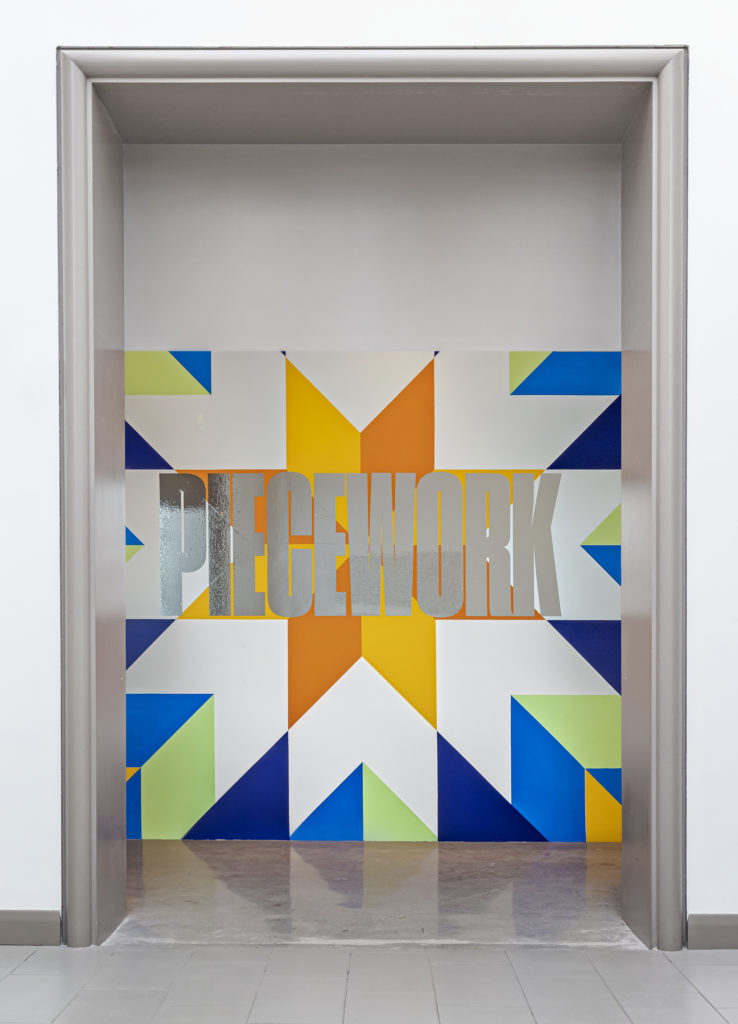
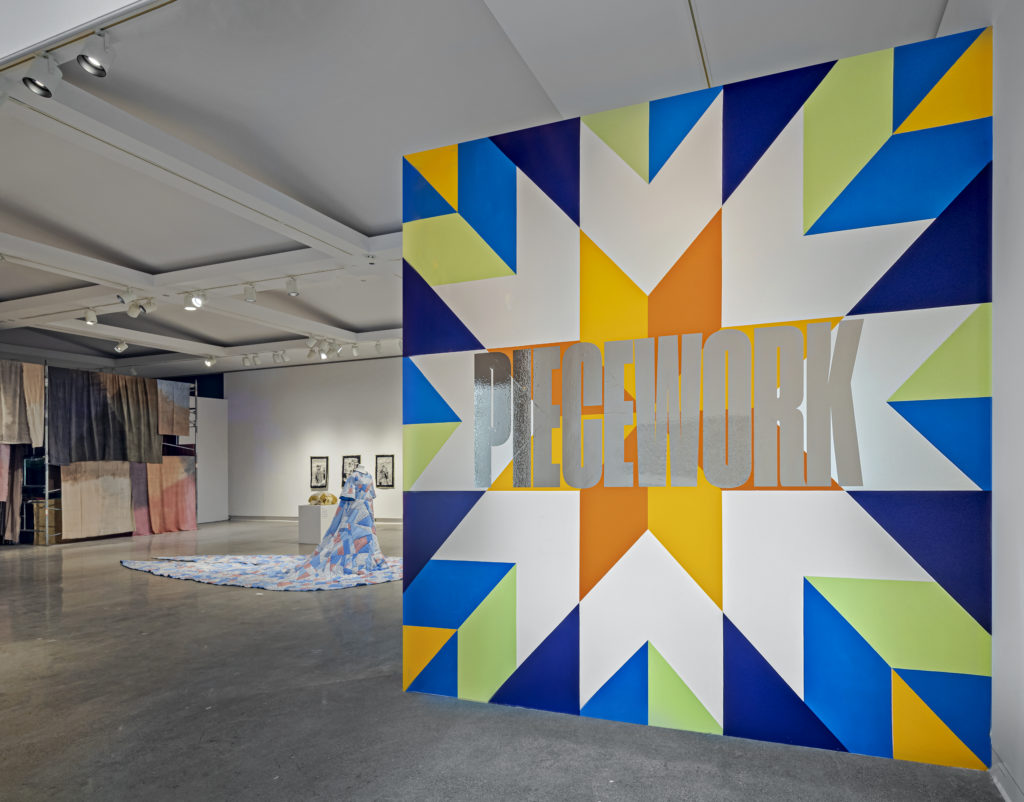


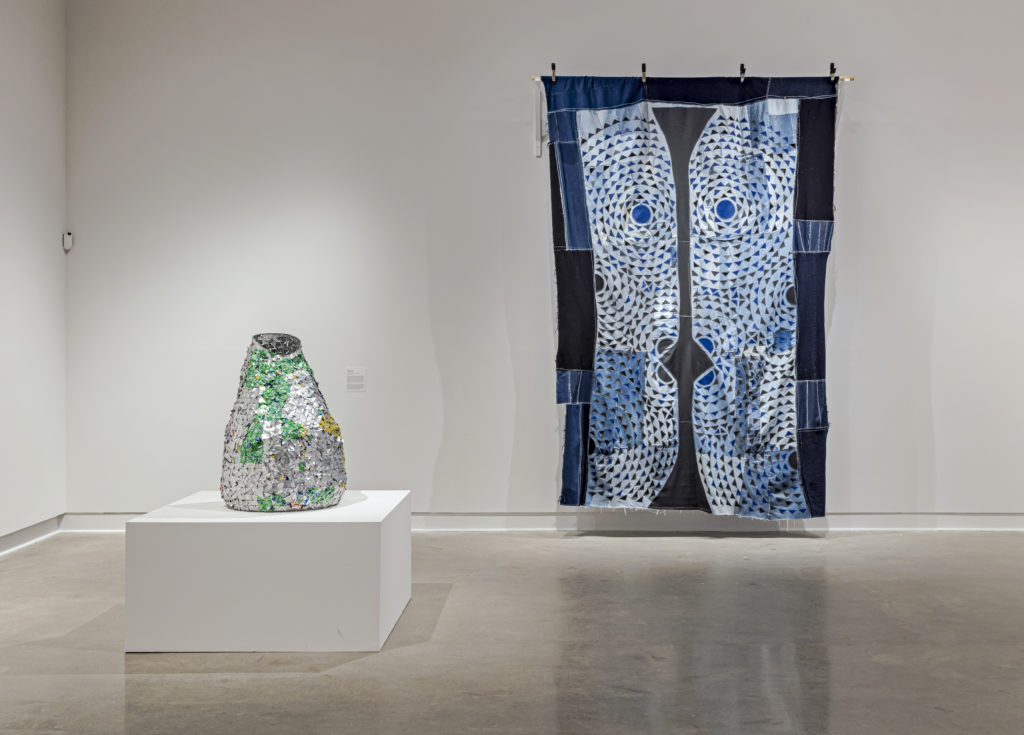

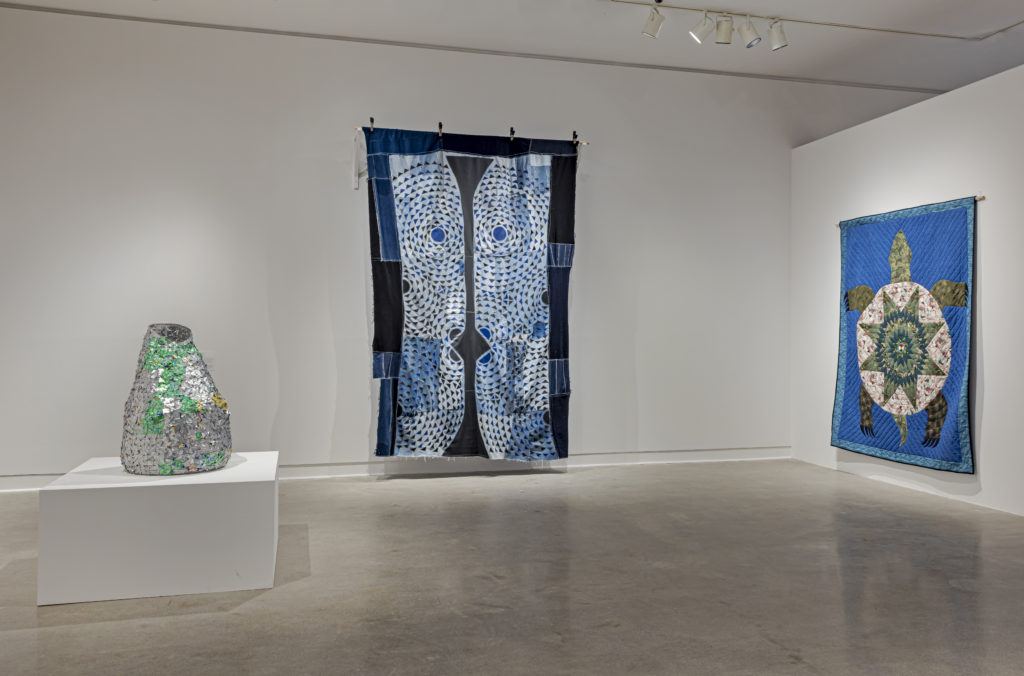


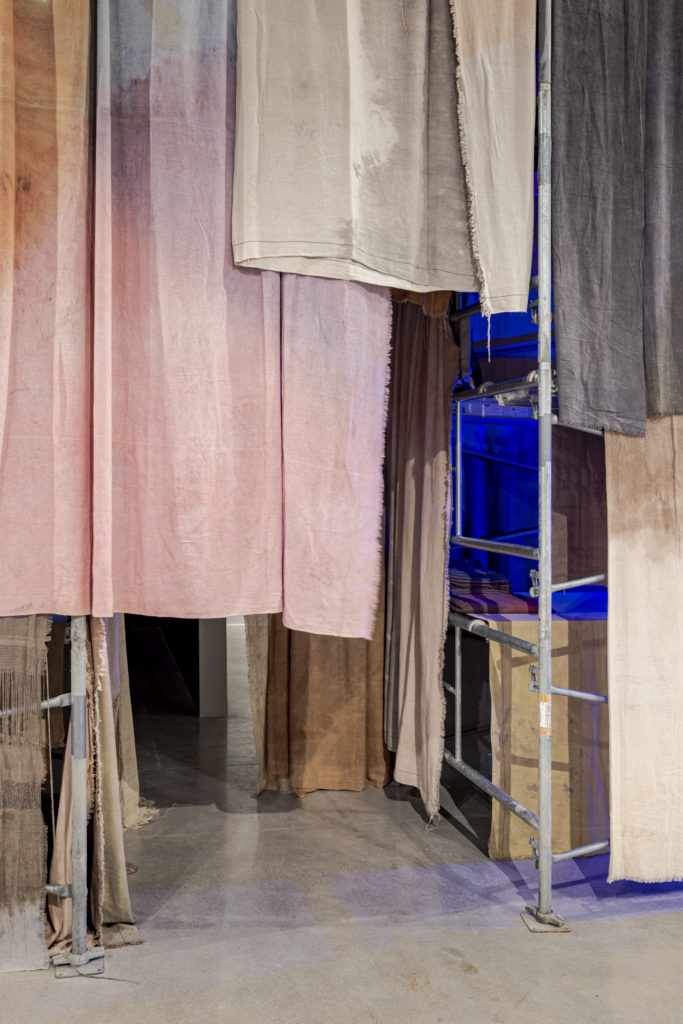
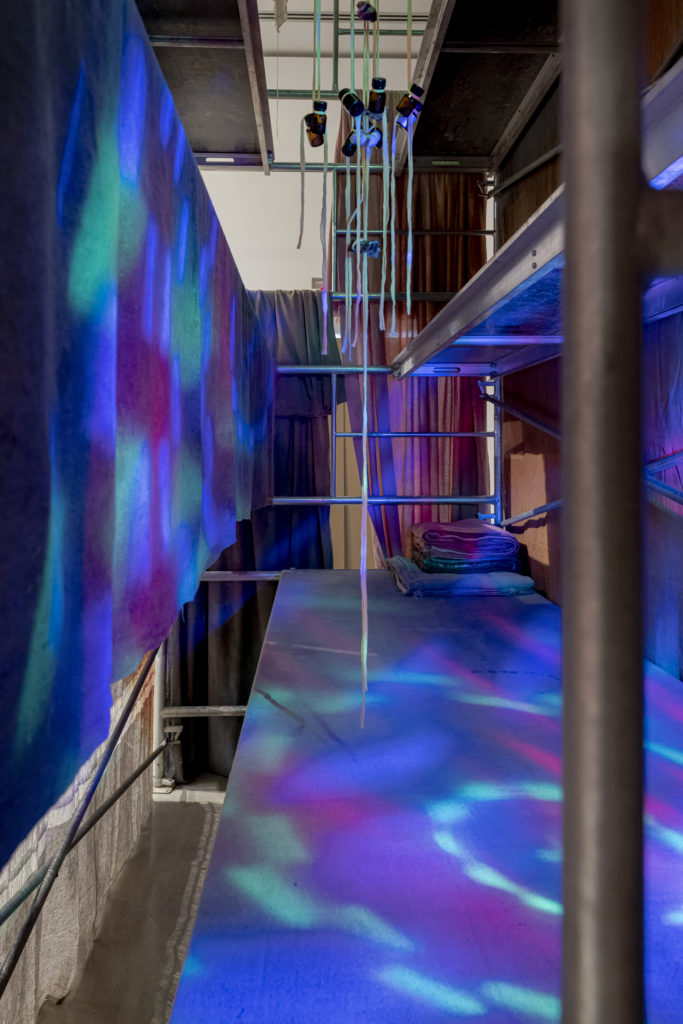
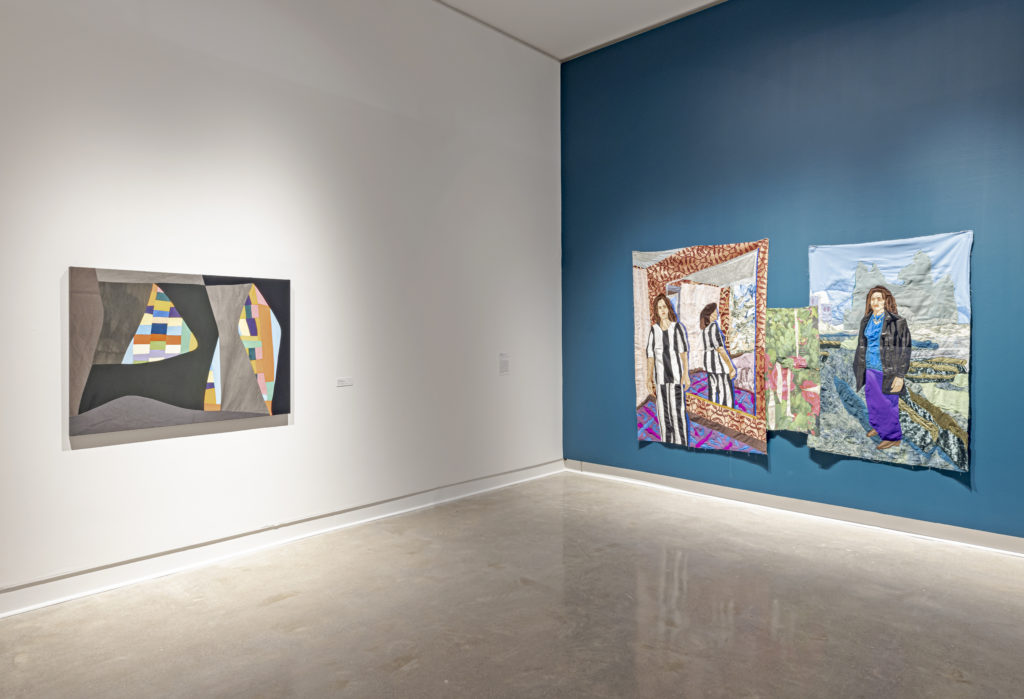


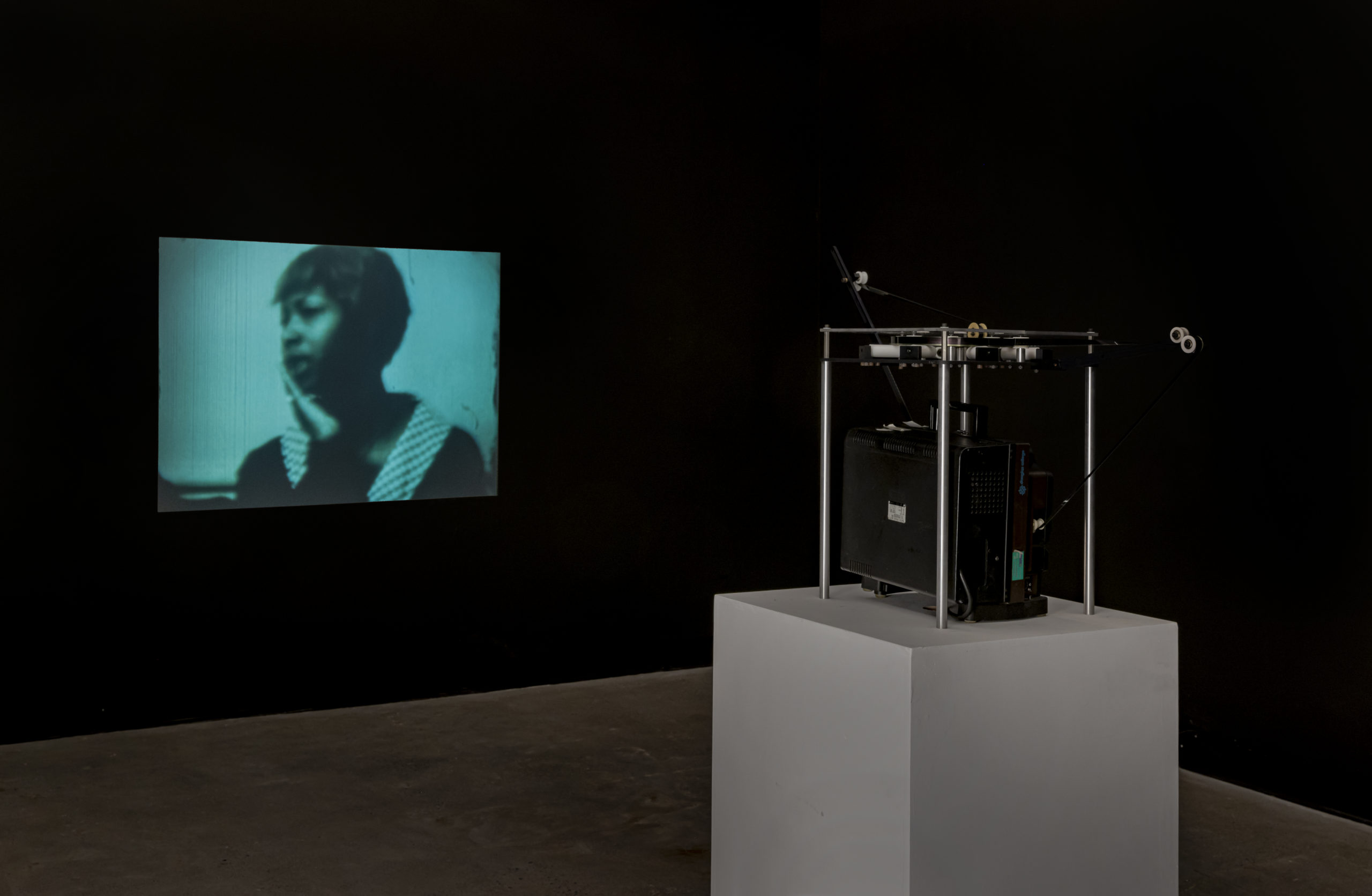
Installation of Piecework at The Robert McLaughlin Gallery, 2023. Images by Toni Hafkenscheid.
Presented in Partnership with Images Festival.

